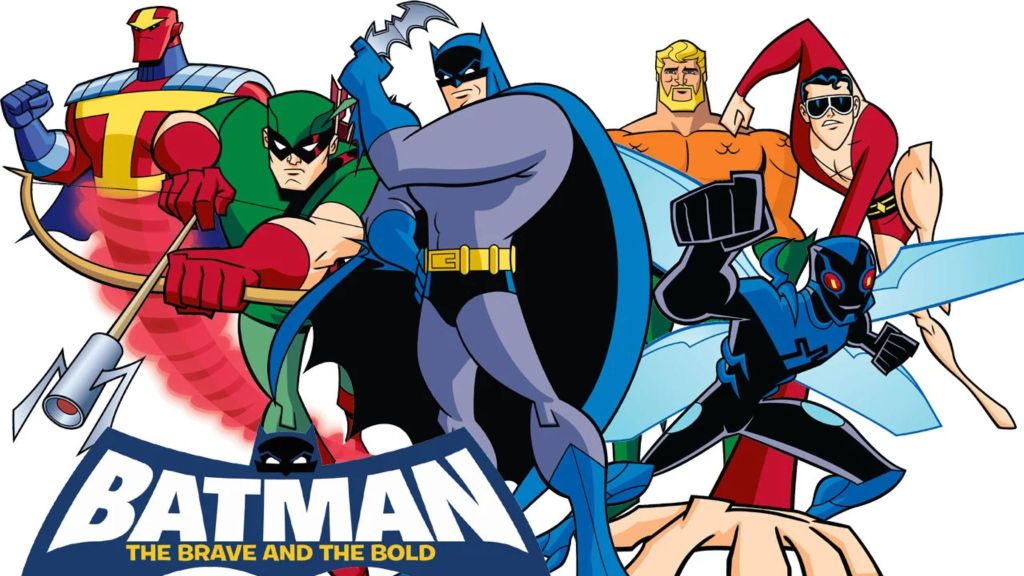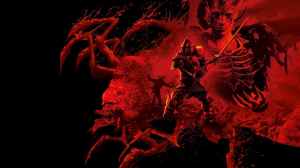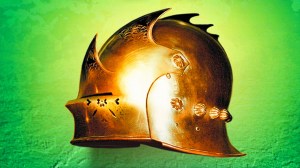Batman is, without question, DC’s most important character. For decades, the Dark Knight has proven to be the company’s most adaptable and profitable figure, with more interpretations across media than any other hero. His financial power is so undeniable that two separate big-screen versions are currently in development, with Matt Reeves’ grounded The Batman – Part II existing alongside the mainline DC Universe’s own take on the hero in The Brave and the Bold. Still, despite a long and successful history in live-action film, Batman has arguably shone brightest and left his most significant mark in the world of animation.
Videos by ComicBook.com
For generations of fans, their definitive version of the Caped Crusader was found on their television screens every afternoon. That’s not exactly a surprise, as the animated medium has provided the perfect canvas for exploring every facet of Batman’s sprawling mythology, from noir-tinged detective stories to colorful adventures. Furthermore, the best Batman shows have redefined canon, created iconic characters, and hooked entire generations on the saga of the Dark Knight.
5) Batman: The Brave and the Bold

Breaking sharply from the darker interpretations that dominated the 2000s, Batman: The Brave and the Bold was a deliberate and brilliant love letter to the Silver Age of comics. Each episode saw Batman (voiced by Diedrich Bader) team up with a different hero from across the vast DC Universe, from well-known icons to the most wonderfully obscure characters. The series embraced a lighter, more adventurous tone that was initially surprising to some fans but quickly won over audiences with its sharp writing, humor, and deep respect for DC’s history.
Batman: The Brave and the Bold is essential because it serves as a powerful reminder that the Dark Knight is a uniquely malleable character who can thrive outside the confines of grim and gritty storytelling. In addition, the series is a joyful celebration of the superhero genre itself, filled with inventive plots and a genuine sense of fun that had been largely absent from Batman media for years. Finally, it gave significant screen time to countless heroes who would otherwise never get a spotlight, making it a gateway to the wider DC Universe for many viewers.
4) The Batman

Premiering in 2004, The Batman faced the monumental task of following the most acclaimed animated superhero series of all time. Wisely, it chose not to imitate its predecessor, instead forging a bold new identity with a striking, anime-influenced art style and a focus on a less experienced Bruce Wayne (voiced by Rino Romano) in his third year of fighting crime. This version of the hero was more of an action-oriented martial artist, and the show featured radical redesigns for his famous rogues’ gallery. While initially divisive, the series has been viewed more kindly in retrospect, earning a reputation as a stylish and underrated entry in the hero’s animated history.
The significance of The Batman lies in its successful modernization of the mythos for a new generation. It demonstrated that a Batman series could move beyond the established noir aesthetic and still be compelling. The show’s emphasis on action and dynamic fight choreography made it stand out, while its serialized approach to storytelling allowed its characters to evolve, most notably with the introduction of Batgirl (voiced by Danielle Judovits) as Batman’s first sidekick before Robin (voiced by Evan Sabara). This willingness to remix the established formula resulted in a fresh and consistently entertaining take that carved out its own unique space in the hero’s legacy.
3) The New Batman Adventures

A direct continuation of the iconic Batman: The Animated Series, this 1997 revival is often viewed as both a third season and a distinct show in its own right. The New Batman Adventures picked up a few years after the original, featuring a streamlined and more angular art style to align with the look of Superman: The Animated Series. The focus shifted significantly to the growing Bat-Family, giving Dick Grayson’s (voiced by Loren Lester) evolution into Nightwing and the introduction of Tim Drake (voiced by Mathew Valencia) as the new Robin a central role. Batman himself, again voiced by Kevin Conroy, became a colder and more stern figure, reflecting his increased responsibility as a leader.
This series is a crucial part of the canon because it expanded the scope of Batman’s world and laid the final groundwork for the Justice League animated series. The emphasis on the Bat-Family dynamic provided a new source of drama and character development, exploring the complexities of Bruce’s relationships with his protégés. While some character redesigns were controversial, the show maintained the smart storytelling of its predecessor and benefited from more relaxed censorship standards, allowing for slightly more mature themes. The New Batman Adventures represents a vital evolution of the modern animated Batman, bridging the gap between his solo adventures and his role as a founder of the Justice League.
2) Batman Beyond

Premiering in 1999, Batman Beyond was a revolutionary concept that could have easily failed. Instead, it became one of the most beloved and influential animated series ever made. Set in a futuristic, cyberpunk Gotham City, the show introduced teenager Terry McGinnis (voiced by Will Friedle), who stumbles upon the secret of a bitter, elderly Bruce Wayne (voiced by Kevin Conroy) and takes up the mantle of a new, high-tech Batman. The series blended dystopian sci-fi with superhero action, creating a unique aesthetic and a new generation of villains. It was a massive creative risk that paid off, earning critical acclaim and a devoted cult following that remains strong decades later.
The importance of Batman Beyond cannot be overstated, as it proved the Batman legacy could endure beyond Bruce Wayne. Terry McGinnis was not a simple replacement but a compelling character in his own right, and his mentor-protogé relationship with an aged Bruce formed the emotional core of the series. The show’s mature storytelling and complex themes expanded the possibilities of what a superhero cartoon could be, influencing a wave of more sophisticated animated programming. It stands as a testament to the franchise’s ability to reinvent itself in bold and unexpected ways.
1) Batman: The Animated Series

There is no other place to begin and end the conversation. Batman: The Animated Series, which premiered in 1992, is not just the greatest Batman cartoon but also one of the most important and influential animated television shows of all time. Developed by Bruce Timm and Eric Radomski, the series established the definitive modern version of the Dark Knight for an entire generation. Plus, its timeless “Dark Deco” art style, mature storytelling, and cinematic direction redefined what was possible for superhero animation.
Batman: The Animated Series broke new ground for American animation, treating its audience with intelligence and emotional depth that was unheard of in children’s programming at the time. The show famously revitalized forgotten villains like Mr. Freeze (voiced by Michael Ansara) by giving them compelling backstories and even created a new character, Harley Quinn (voiced by Arleen Sorkin), who became one of DC Comics’ most popular figures. It won multiple Emmy Awards and was so successful that it launched the entire DC Animated Universe, a shared continuity that would dominate for the next decade. For its unparalleled influence, flawless execution, and lasting cultural impact, Batman: The Animated Series remains the gold standard.
Which animated Batman series do you believe is the most essential? Leave a comment below and join the conversation now in the ComicBook Forum!









